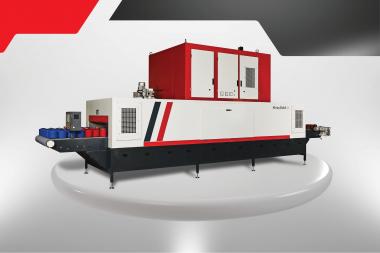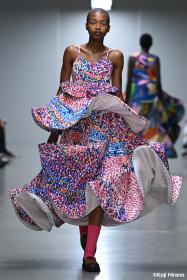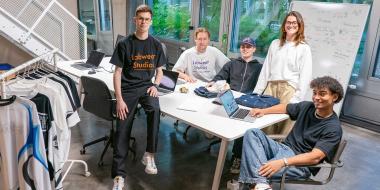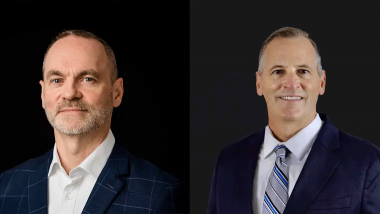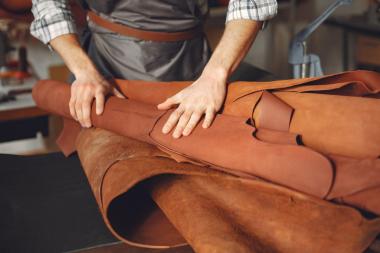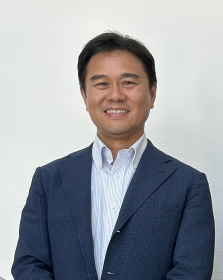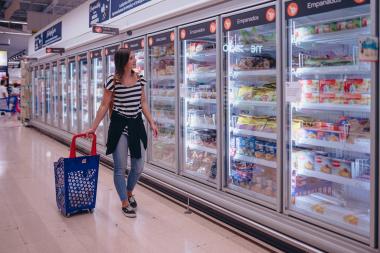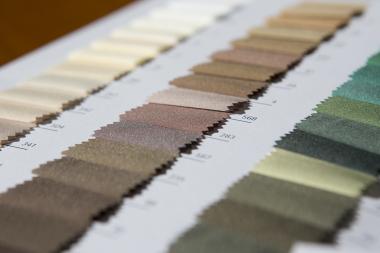Demonstrating total control with UK technologies
As a leader in colour measurement and management solutions, Verivide will showcase its latest DigiEye imaging system at the forthcoming ITMA Asia + CITME exhibition in Singapore from October 28-31.
This benefits from 100% LED illumination, improving the accuracy of colour assessments while supporting environmentally responsible practices in colour management.
Designed for efficiency and reliability, the DigiEye includes integrated dust filtration and a fully enclosed camera for added security.
Unlike its predecessor, the new DigiEye no longer requires annual fluorescent lamp changes, thanks to its 100% LED light source. The system also includes software-integrated lighting controls and lighting geometry checking, enhancing its precision and ease of use. Additionally, it now has the ability to auto-capture images upon door closure, making it ideal for imaging multiple samples quickly and efficiently.
The new DigiEye offers significant upgrades, including a 67% larger imaging area and a 112% larger measurement area. Its drawer load rating has increased by 55%, and the LED light source lasts ten time longer than before.
As part of the VeriVide ecosystem, the DigiEye integrates seamlessly with UltraView, VisionView and the VeriVide Portal, offering a comprehensive solution for all colour management needs.
Abrasion and pilling testing
Martindale testing needs little introduction to textile manufacturers, being well established as the industry standard for abrasion and pilling testing since its initial development and introduction by James Heal back in the 1940s.
For 2025, however, James Heal’s development team have taken a fresh look at this classic instrument and the result is the new Martindale Motion.
This redesigned nine-station Martindale instrument with individual lifting heads now offers the flexibility to run each station independently for carrying out different textile tests simultaneously.
Multiple textiles can be tested at the same time through to conclusion without intervention. Once set up, the Martindale Motion can be left running with the sample holders automatically lifting at the required evaluation points, freeing up the operator’s time to do other work without the need to return until the abrasion or pilling test is fully completed, including overnight.
Each sample is kept in-tact at the end point for evaluation and checking, reducing queries on grading and the potential need for re-testing. Further refinements include a new hinged access to change the self-aligning drive pins, allowing quick and safe switching between tests.
Designed and manufactured in the UK, the James Heal Martindale range has seen numerous updates, models and innovations over the years, such as touchscreen and user-friendly software, best-in-class safety features combined with the signature near silent running of this staple lab instrument. Added to this have been the introduction of the DurAbrasion multi-function testing machine, later followed by the market-leading evolution, the AquAbrasion wet abrasion tester launched in 2019.
The Martindale Motion, however, is now taking productivity and efficiency to a higher level than ever before.
Radio frequency drying
Total control of textile drying is meanwhile enabled with the advanced radio freqency (RF) technology of Strayfield, which has over 4,000 installations worldwide and provides solutions tailored to diverse textile applications such as cotton, wool, polyester, nylon, silk, acrylic and speciality blends.
Strayfield technology enables consistent quality, superior output and sustainability benefits through gentle and uniform drying, ensuring even results and moisture removal across entire batches and preserving fibre integrity, colour vibrancy and softness without yellowing or shrinkage.
Adaptive electrodes regulate power delivery according to product height and moisture, maximising efficiency and eliminating energy waste and unlike conventional rod systems, Strayfield’s full-area plates deliver consistent energy density for gentle drying without hotspots.
AWOL for BTMA


